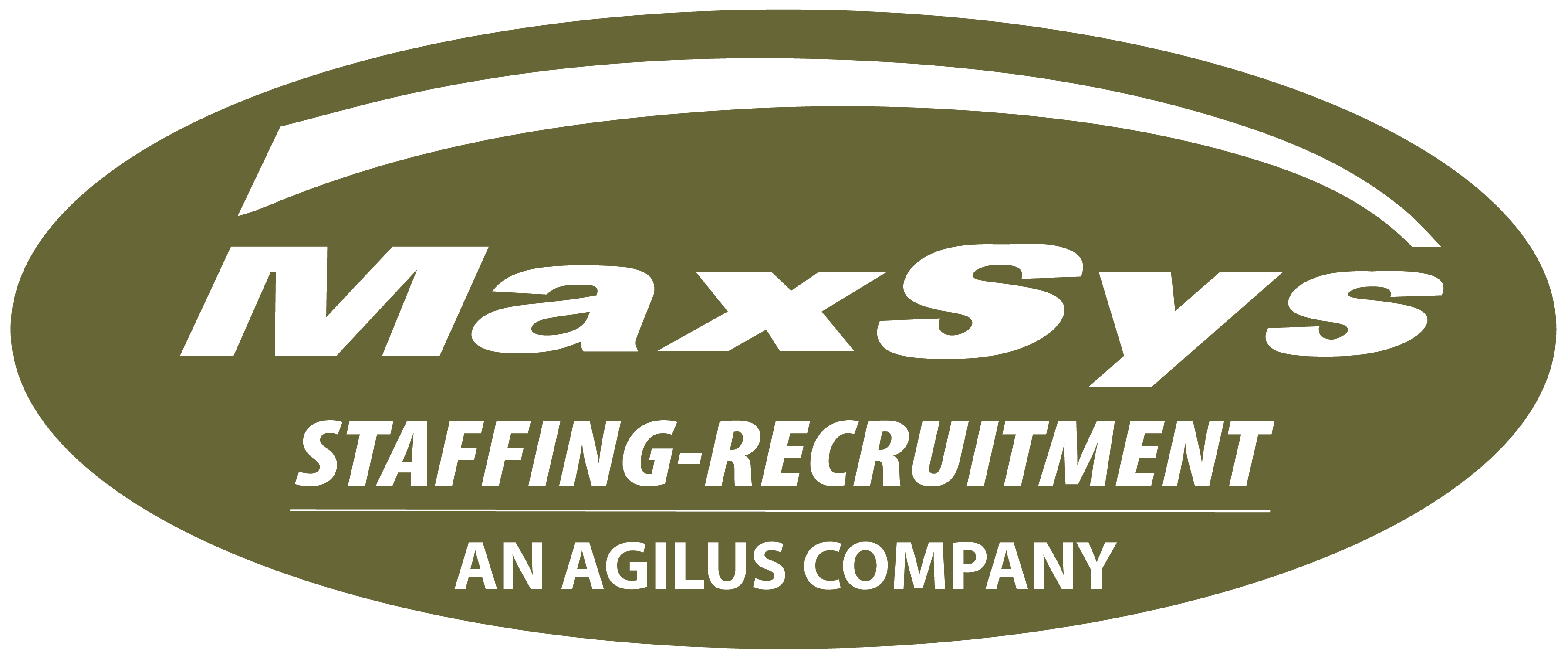May 3, 2022
CREATING EFFECTIVE INTERNAL COMMUNICATIONS
Internal communications are a way of keeping your employees informed about the various initiatives happening across your business and explain the “why” behind decisions and business strategies. This helps in all areas whether it is increasing sales, boosting efficiency or dealing with company changes such as mergers, downsizing or new management. So how to make it happen? There are a variety of reliable tools for achieving good internal communications.
Company newsletter (paper or electronic)
A regular company newsletter is an ideal medium to keep employees updated about the latest news and information. You can include client testimonials, employee success stories, news, event details and strategy updates. Try to get as much employee input as possible to ensure that not only managers are contributing material. Avoid making the newsletter appear to be a management propaganda tool. Generally, your newsletter is the democratic voice of the employee body and should avoid the “us” and “them” syndrome.
Intranet site (Share point)
Creating an intranet site can allow you to put important information online and update it regularly. This is a more costly option and is better suited to companies that have at least 30 employees, or those with geographically dispersed teams. An intranet site can be useful, for example, for publishing information on changed processes that everyone needs to use. Keep in mind that the intranet is a passive vehicle—employees have to access it to use it. It doesn’t replace electronic newsletters, emails or blogs, which are an inexpensive route to get out timely information.
Small group meetings
Face-to-face communication is still the most effective way to reach employees. Smaller groups help create closer bonds and put employees at ease to speak their minds. Be sure you have a clear agenda, but always allow time for people to address ad hoc issues at meetings.
Suggestion boxes
Suggestion boxes enable employees to raise their concerns and issues anonymously. Even if your company has only a few employees, this option gives them a confidentiality that is often reassuring depending on the issue or workplace environment.
Posters
Posters are an excellent way to present information to employees because they can be put up in areas of high visibility within an office, factory or workplace, such as the cafeteria or meeting rooms. They are particularly useful when you have to make an impact and want to add value to an announcement. Be sure that your poster provides a contact for more information. Ideally, you should follow up with more detail in another vehicle, such as a newsletter.
Crisis communications tools
Be sure you have a tool in place to help you deal with emergency communications or to share information on important priorities. You can consider conference calls for geographically dispersed teams.
Orientation material for new employees
These documents are important references that help your employees contribute their best to the company.
Managing change
In times of change, internal communications are of paramount importance. Whether it’s dealing with accelerated growth or downsizing, or simply altering a customer service strategy, open communication helps employees understand the change at hand and what’s expected of them. Some key factors to consider in your internal communications:
Resources—Allot the resources you need to communicate change. You may have to increase your internal communications budget to handle major issues.
Transparency—Be open with your employees about what is happening in your business, and communicate what they need to do. Keep your communications brief, but give employees enough information to act.
Be forthcoming—Avoid withholding information from employees. This can create a sense of anxiety, suspicion or conflict. Be sure that they find out about changes to your company before the information is reported in the media.
Use your managers—If you’re in a larger company, consider communicating change to your managers before other employees; after all, managers can help you relay the message to your team. Regularity—Communicate regularly to create a sense of stability.



